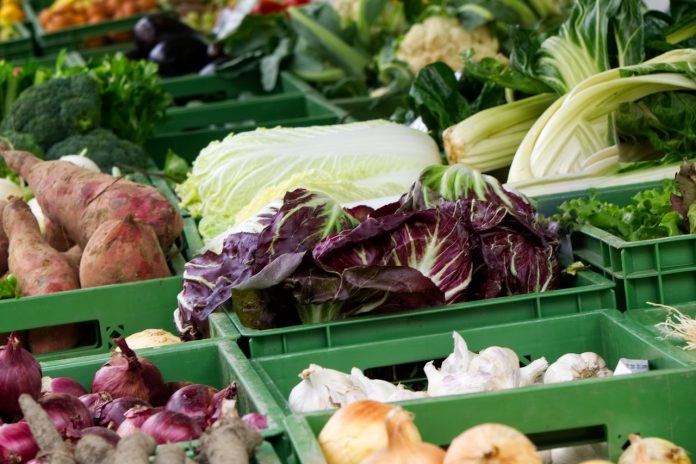This year of striking contrasts continues to build: a late winter of pandemic horror, a spring of vaccine relief, a summer of social sunshine, now a Covid reprise this fall.
For agriculture, August delivered its own contrasts. For example, the often market-rattling August crop report carried the unlikely news of near-record 2021 corn and soybean crops and near-record 2022 corn and soybean prices.
On the food side of the farm-and-food divide, the news was equally record-smashing. Cargill, the global commodity player, reported fiscal 2021 sales of a staggering $134.4 billion and a profit of nearly $5 billion, a record in its 156-year history.
Likewise, Tyson Foods, Inc., the giant poultry and livestock butcher recently reported third quarter profits 93% higher than a year ago.
Both results prove again that there’s a lot of money in putting blood on the slaughterhouse floor. They also prove that pandemics are really good for Big Ag oligopolists.
The hungry poor in America finally got their day this month, too, when Secretary of Agriculture Tom Vilsack announced Aug. 16 that Supplemental Nutrition Assistance Program (SNAP) benefits will rise 25% Oct. 1. That’s great news for the still-shockingly high number of U.S. citizens — one in eight, or 12% — who receive the monthly food assistance.
Do the math
A 25% increase in SNAP benefits sounds like an absolute windfall until you do the math. According to FERN, the Food & Environment Reporting Network, the Biden Administration’s boost in food assistance will increase “SNAP benefits by $36 per person per month from their pre-pandemic average of $121 per month.”
That means that after Oct. 1, SNAP recipients will move from spending an average $1.33 per meal per month to a whopping $1.75 per meal per month.
But that’s not entirely accurate either. While the Oct. 1 boost will increase monthly benefits 25%, the actual rise will be just 10% because previous “emergency” Covid legislation had already raised standard SNAP benefits 15%.
Driven by pandemic
Before SNAP critics rise to (again) baselessly claim that enhanced benefits will encourage enrollment, the fact is that the pandemic — not a crack at a measly $0.42 more per meal — has already done that: six million more Americans enrolled in SNAP during the pandemic when dire need, not nickel-and-dime benefits, fueled the rise.
Few people, after all, choose to be poor, and no one chooses to be both poor and hungry.
The additional people and better benefits will increase SNAP costs. In 2019, the program cost $60.4 billion; in 2021, USDA forecasts the cost will total $114 billion.
That near-doubling of SNAP has Congressional deficit hawks sharpening their knives and wagging their tongues. The two senior Republican members of the Senate and House Ag committees, in fact, asked the General Accountability Office to review the math USDA used to boost the benefits before USDA even announced the boost.
But spending limits aren’t the key to slowing SNAP’s rapid rise. The key is just the opposite: earning. Somewhere between 60 and 70% of all SNAP recipients are employed; they work. Most, however, earn too little to purchase enough healthy food to sustain themselves or their families.
And we’re not talking older, unskilled people who work for mom-and-pop businesses.
Indeed, “Among the 15 [state] agencies overseeing the Medicaid and food-stamp [SNAP] programs,” studied by GAO for a 2020 report, “Walmart was among the top four employers with beneficiaries in each of the 15 programs. McDonald’s was among the top five employers whose workers received federal benefits from 13 of the 15 state agencies.”
Two other stores with a large rural presence on GAO’s 2020 list of shameless government grifters were Dollar Tree and Dollar General.
So, if you really want to limit SNAP’s rising costs, make its biggest beneficiaries, Big Biz and Big AgBiz, use a tiny portion of their record profits to pay their employees a living wage.
Until they do, American taxpayers — you and me — will pay.














